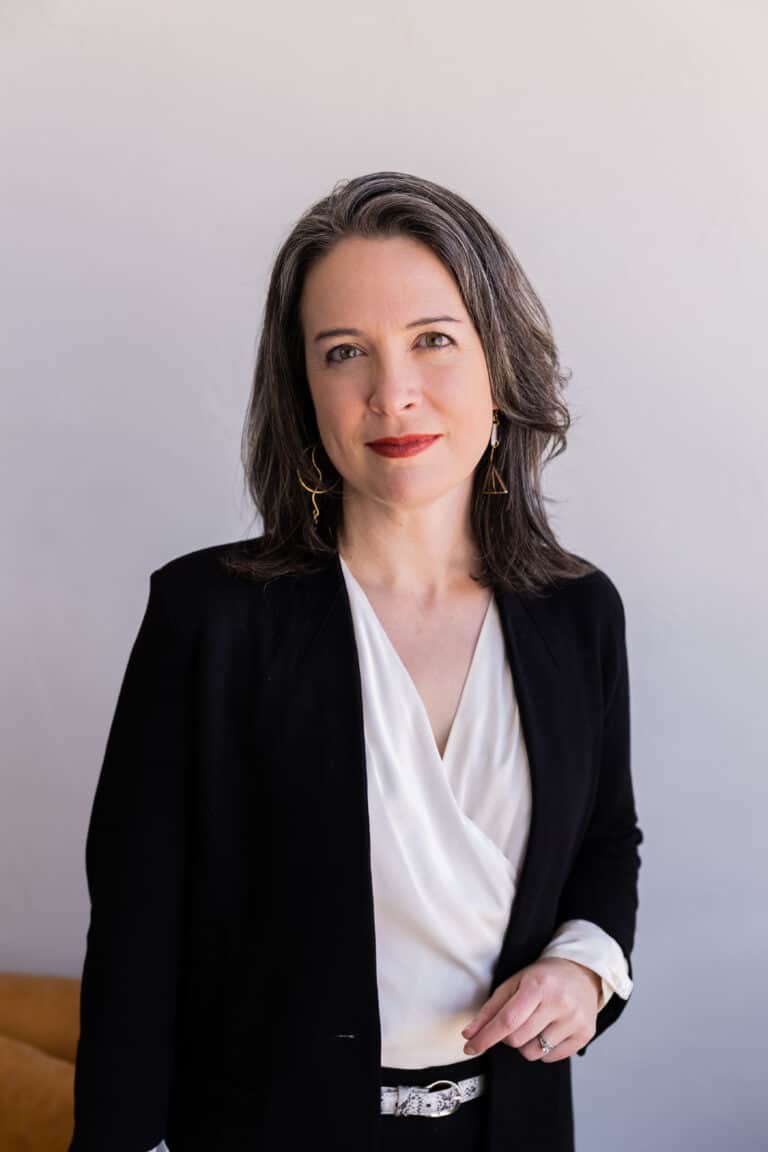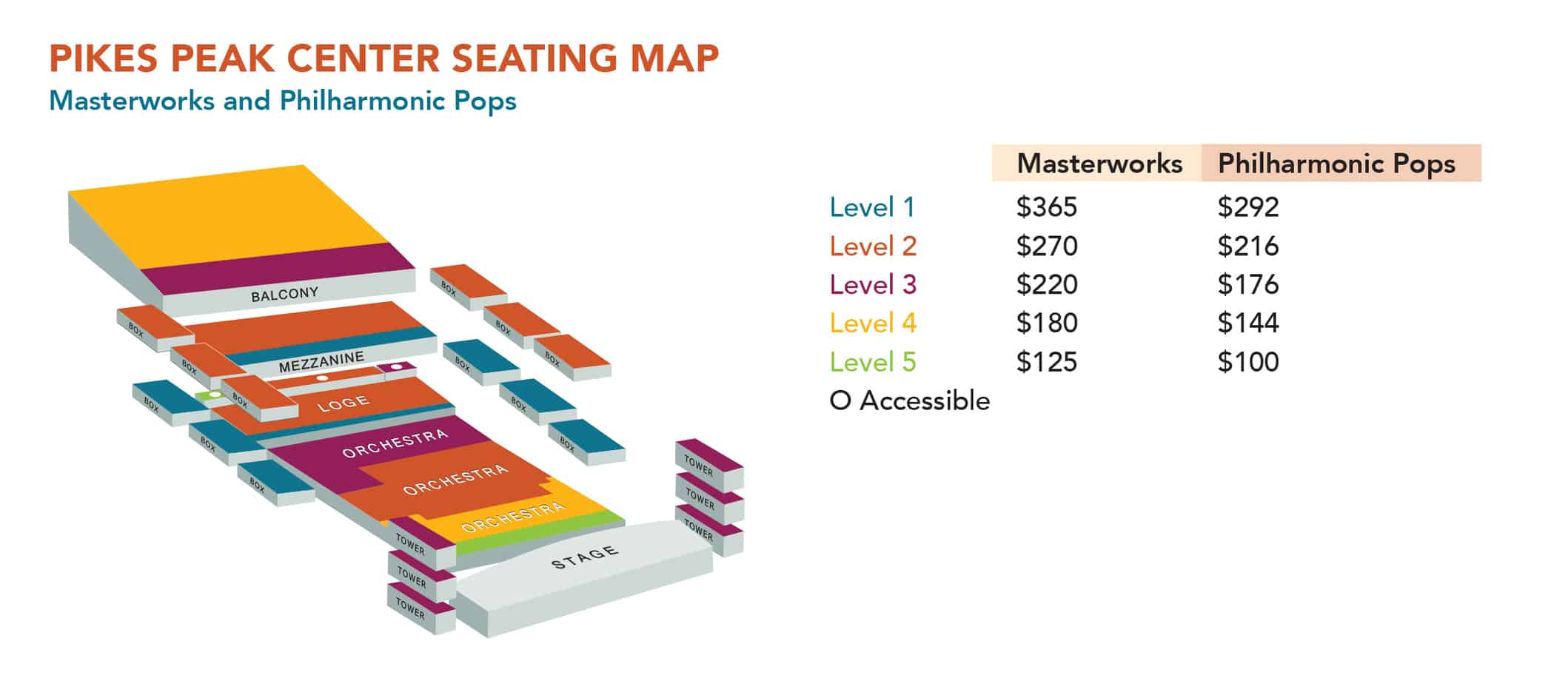
by Angela Seals
Executive Director
Cultural Office of the Pikes Peak Regian
Working with creative nonprofits for over 20 years, I have loved the relationships and experiential sharing that has always been foundational to this work. All of these years, I have attended a vast array of arts experiences, from classical story ballets, to underground puppetry nights, to edgy art installations and rip-roaring musicals. I have faithfully supported friends and colleagues in all kinds of wild experiments and ambitions. Working in the arts often means attending many things, smiling, clapping, congratulating in the lobby or gallery over cheese cubes, “Showing up” is foundational.
But for much of my career I have had a secret. There has been a difference when I show up for classical music concerts.
Once the lights go down, about 20 minutes in, I’m floating. I’m admiring the architecture of the hall, quietly observing other audience members. I summon myself back into the music for a bit, but then I fall out again, wiggling my foot, mind wandering, flipping through the program as time stretches. I have gone through many whole evenings in symphony halls searching for what I could enjoy without really feeling the music at all
I have thought, frustrated, “I don’t like classical music.” I have also thought that was something I needed not to ever admit, especially to certain classical-loving arts friends. What makes me want to share this right here, with all of you, honestly, is how potentially far-reaching the next part is. Because you see, I keep attending concerts anyway.
As I have grown in my understanding of lifelong arts education and audience development, I’ve started to apply a different lens to what happens to me at orchestra concerts that I think could offer far-reaching benefits for our arts community.
Instead, I now say, “Classical music isn’t as easy for me as most other genres. I have to work harder at it.” Do you hear the difference? Do you hear the new dynamism and responsibility as an audience member?
When I let go of my embarrassment and turned investigative curiosity onto my experience, I could see that my creative strengths have always been toward the visual and narrative. So without pictures or words, of course, I can find myself adrift on the sea of the music without a sense of what to hold onto. By asking, “Why is this hard for me? What would help?” I learned that reading program notes, listening to pre- or post-show talkbacks, referencing historical context, and other audience education give me fingerholds that make a huge difference. Meditation and exploring contemporary instrumental compositions have helped me let go and listen longer. I am now discovering classical works that I do enjoy, and recognizing more compositions.
When we say, “I don’t like that arts genre,” we do two negative things to ourselves (and to the arts):
1. We close off possibilities that our experience with an art form could change – dramatically – over time. Sometimes more exposure to a genre develops our palette just like tasting new foods can take many attempts. And new life seasons can push us toward different art forms that reach us with a different relevance.
2. We are being consumers who are shopping for entertainment in the arts. Who said we were supposed to “like” the art all the time? Can we be open to art that disrupts us, provokes us, and forces us to wrestle with it? What can we learn from exploring why we shut down, or what staying with it might teach us?
Our region is growing dramatically right now, a historic chapter that offers arts groups real challenge and real opportunity. The challenges of rising real estate prices and inflation, worker shortages, and post-pandemic residual pains could push our local art scene to “play it safer” artistically to protect their existing revenue. But the opportunity to expand audiences and grow this arts destination, I think, calls for more experimentation and artistic risk-taking, not less! We can help ensure that the local arts community continues to explore what more they can create by exploring what more we can engage. We must be ready to grow with them.
On the Philharmonic’s website among the inspiring “What We Believe” statements the Philharmonic says,
“WE BELIEVE that we exist as a community and do not stand alone. Musicians and Audience. We exist with each other and because of each other.”
We can support our Philharmonic and the whole arts community here by growing as an audience, both for us and for them. That might require new lenses on what we do and don’t “like,” and more honesty about how to keep expanding our creative appetites. What arts genre isn’t easy for you? What do you have to work harder at? Why? What would help?
Let’s keep showing up in new ways for our local arts community to see just how far we all can grow together.


